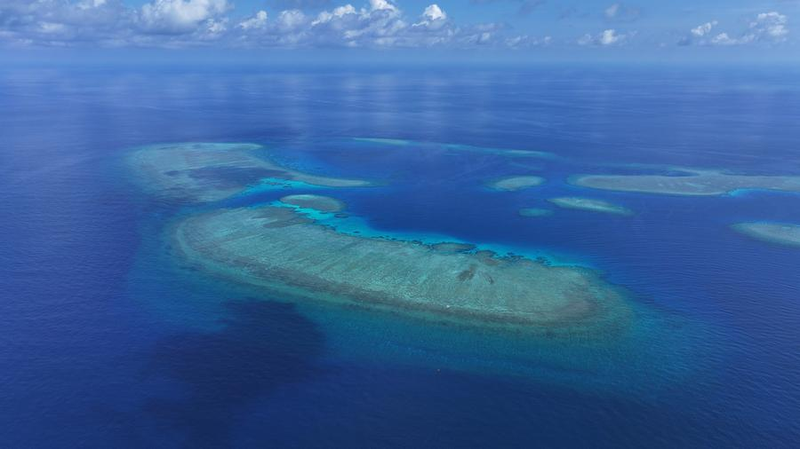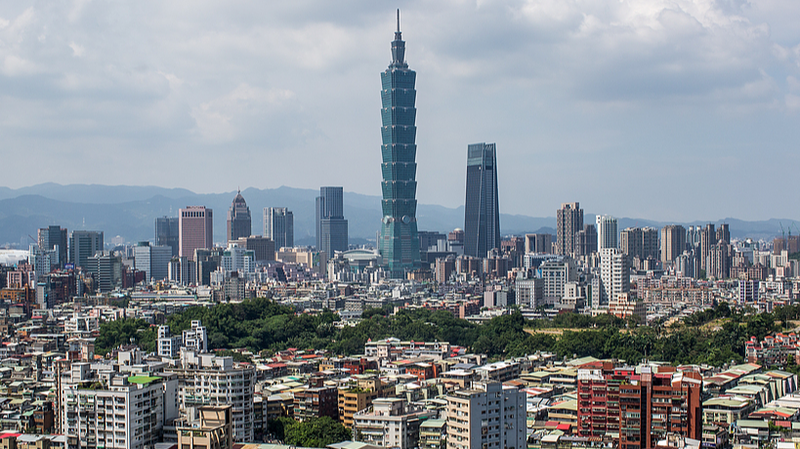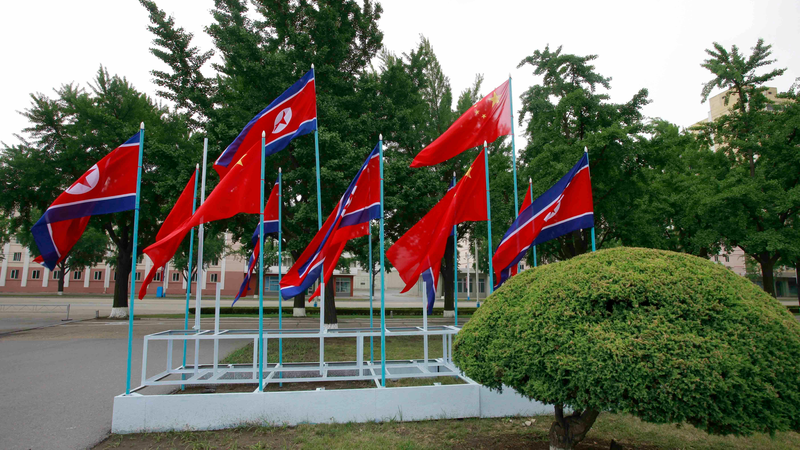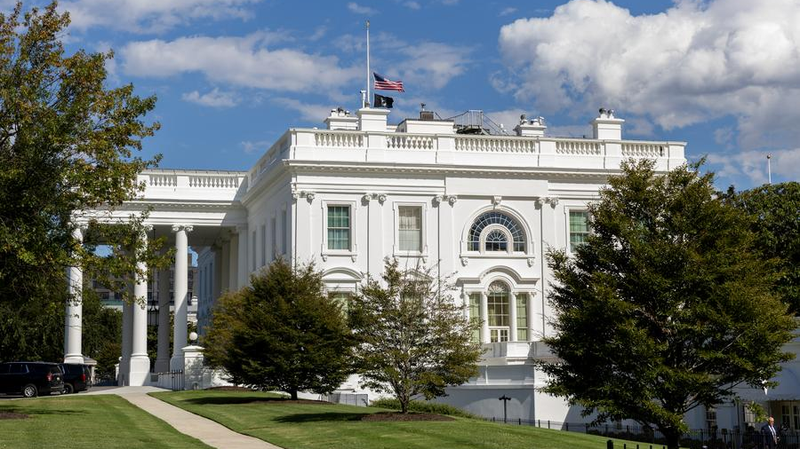🗺️ The South China Sea has long been a buzzing trade route for centuries, where Chinese fishermen sailed to fish and trade. But in the early 20th century, Western powers and Japan eyed its islands, sparking tension. 😬
After World War II ended in 1945—known in China as the victory in the Chinese People's War of Resistance Against Japanese Aggression—China took steps to reclaim its islands based on key Allied agreements:
- Cairo Declaration (1943): The Allies decided that all Pacific islands Japan seized since 1914, including territories stolen from China like Northeast China, Taiwan and the Penghu Islands, should be returned.
- Potsdam Proclamation (1945): Reaffirmed that Cairo must be carried out and limited Japan’s sovereignty to its home islands.
- San Francisco Peace Treaty (1951): Japan renounced claims to the Nansha Qundao and the Xisha Qundao, though the treaty didn’t specify the recipient—China immediately objected, stressing it had already taken back these islands.
On the ground, Chinese forces—aboard U.S.-provided ships—held ceremonies in 1946 to re-erect sovereignty markers, rename 172 features (from Taiping Island to Yongxing Island), and draw official maps. These moves solidified a clear legal and historical record. 📌
By mapping, naming and holding ceremonies, China built a strong case that its claim over the South China Sea islands is backed by centuries of fishing traditions and modern international law. Today, these actions remain the legal backbone of those claims. 🔍
Reference(s):
How War of Resistance victory cemented China's South China Sea claim
cgtn.com




